A Return to Form: Why Demi and the Fractured Dream is the New Home for Classic Zelda Fans
Popular Now
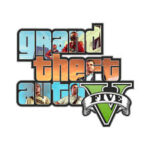 Grand Theft Auto V
Grand Theft Auto V
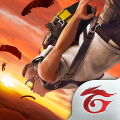 Garena Free Fire: Kalahari
Garena Free Fire: Kalahari
 League of Legends
League of Legends
 NBA 2K24
NBA 2K24
 FIFA 23
FIFA 23
 CarX Street
CarX Street
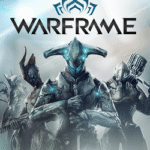 Warframe
Warframe
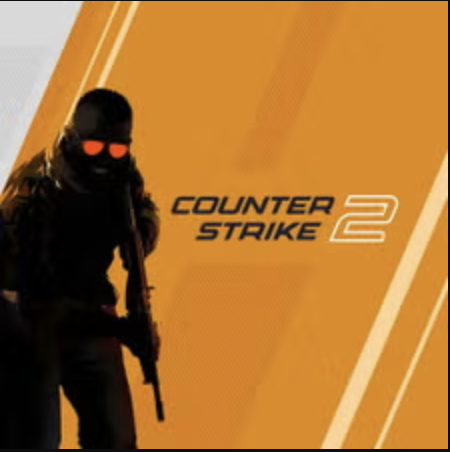 Counter-Strike 2
Counter-Strike 2
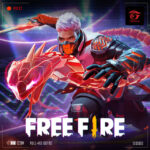 Free Fire
Free Fire
 Geometry Dash
Geometry Dash 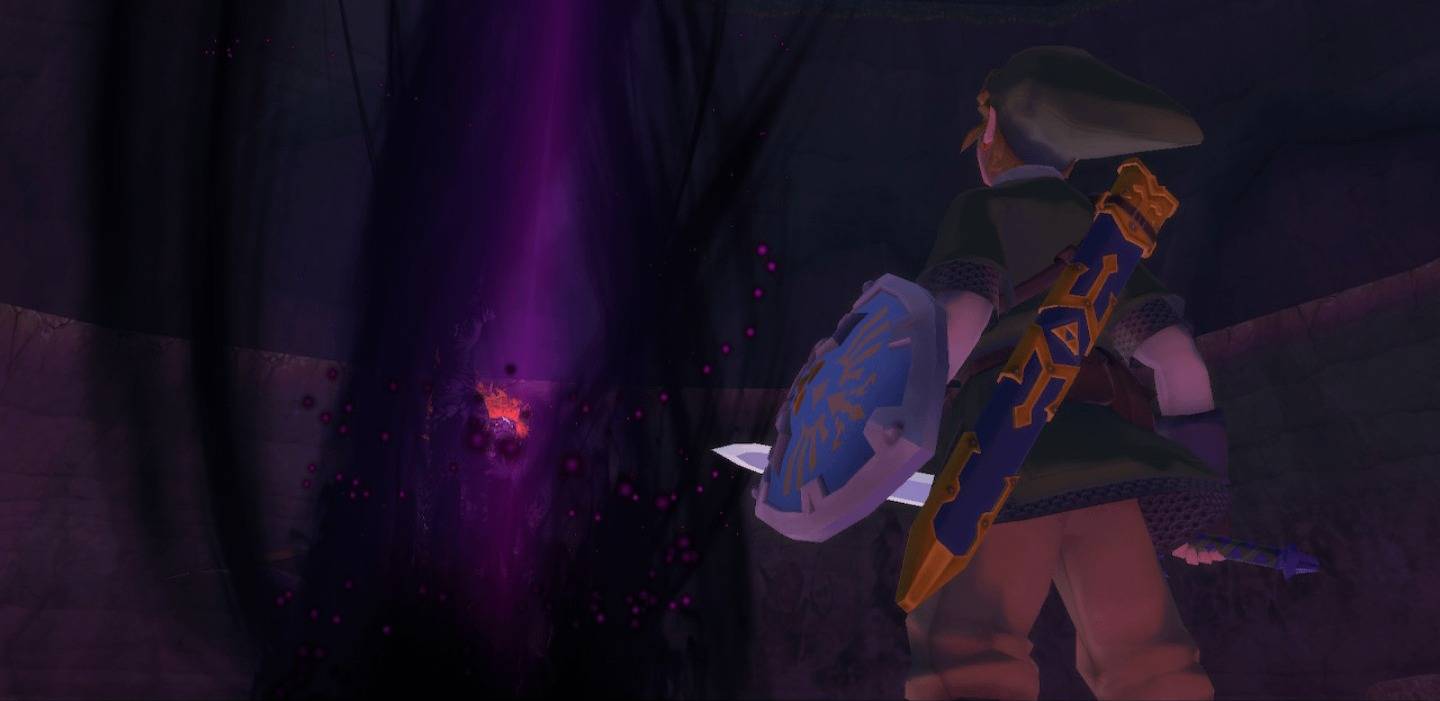 For a generation of gamers, the name Zelda conjures a very specific image: a tightly designed world with intricate dungeons, a steady progression of new tools and weapons, and a clear, linear path through a magical narrative. While the wildly successful Breath of the Wild and its sequel, Tears of the Kingdom, have reinvented the franchise with a focus on open-world freedom and physics-based creativity, they have left a significant portion of the fanbase feeling nostalgic for the old ways. Enter Demi and the Fractured Dream, a new action-adventure game from Yarn Owl and publisher Annapurna Interactive that appears to be a love letter to the very games that Breath of the Wild moved away from. With a focus on curated dungeon experiences and a classic sense of progression, this title is shaping up to be the spiritual successor that fans of Ocarina of Time, Majora’s Mask, and Twilight Princess have been waiting for.
For a generation of gamers, the name Zelda conjures a very specific image: a tightly designed world with intricate dungeons, a steady progression of new tools and weapons, and a clear, linear path through a magical narrative. While the wildly successful Breath of the Wild and its sequel, Tears of the Kingdom, have reinvented the franchise with a focus on open-world freedom and physics-based creativity, they have left a significant portion of the fanbase feeling nostalgic for the old ways. Enter Demi and the Fractured Dream, a new action-adventure game from Yarn Owl and publisher Annapurna Interactive that appears to be a love letter to the very games that Breath of the Wild moved away from. With a focus on curated dungeon experiences and a classic sense of progression, this title is shaping up to be the spiritual successor that fans of Ocarina of Time, Majora’s Mask, and Twilight Princess have been waiting for.
 The Case for a Classic Approach
The Case for a Classic Approach
The core complaints of many “Breath of the Wild haters,” as some have been labeled, often stem from a few key design choices that, while praised by others, fundamentally changed the Zelda formula. The most common criticisms revolve around:
- The lack of traditional dungeons: The Divine Beasts in Breath of the Wild were critiqued for their similar aesthetic and puzzle structure. Many players missed the distinct themes and lengthy, interconnected layouts of classic dungeons like the Forest Temple or the Water Temple.
- Weapon durability: The controversial mechanic of breakable weapons forced players to constantly manage their inventory, a departure from the permanent and upgradeable arsenal of past titles. This system, while encouraging exploration, was a major source of frustration for those who wanted to become attached to their favorite weapons.
- A feeling of aimlessness: While the open world was a triumph in design, some players felt that the lack of a clear, linear progression path left them feeling directionless. The absence of a key item to unlock a new area, a staple of the old games, was a significant change.
Demi and the Fractured Dream directly addresses these pain points. The game’s promotional material and official descriptions explicitly state its focus on “dungeons filled with environmental puzzles,” a feature that is at the heart of the 3D Zelda experience. The gameplay trailer also shows the protagonist, Demi, using a variety of unique tools and a single, reliable weapon, suggesting a return to the classic formula of a permanent, upgradeable arsenal rather than a constant search for new, disposable armaments.
 A Familiar Feel with Modern Style
A Familiar Feel with Modern Style
What makes Demi and the Fractured Dream so appealing is that it is not a direct clone but an evolution of the classic formula. While it has the core gameplay loop of old 3D Zeldas—exploration, puzzle-solving, and boss battles—it wraps it all in a beautiful, stylish, and modern package. The visuals are ethereal and whimsical, and the hack-and-slash combat looks both fluid and dynamic. The game’s world, Somnus, promises a series of diverse biomes, including the “wind-swept spires of the Desert Kingdom” and the “spiritual waters of the Marsh Kingdom,” that harken back to the distinct areas found in games like Ocarina of Time.
The game also features a narrative-driven adventure where Demi, a “Voidsent” cursed by his fate, must journey to defeat three “Accursed Beasts” to stave off a world-ending awakening. This structure, which involves defeating a series of bosses to progress the main story, is a stark contrast to the open-ended nature of the latest Zelda titles. For players who enjoy a compelling story with a clear goal, this is a major selling point and a staunch reminder of why the old 3D Zeldas were so beloved.
The Future of Action-Adventure
Demi and the Fractured Dream is currently set for a 2026 release on PC, PS5, Xbox Series X|S, and Nintendo Switch. Its announcement has generated significant buzz, not just among those who pine for the past, but among gamers who appreciate high-quality action-adventure titles. The game is a testament to the idea that there is still a massive audience for a more focused, designed experience, even in a world dominated by sprawling open-world sandboxes. By providing a fresh and creative take on a classic genre, Demi and the Fractured Dream has the potential to become a definitive title for years to come, and a staunch reminder that sometimes, less is more.
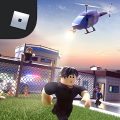

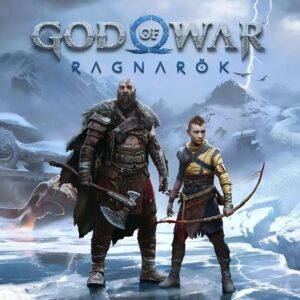
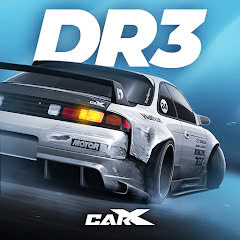



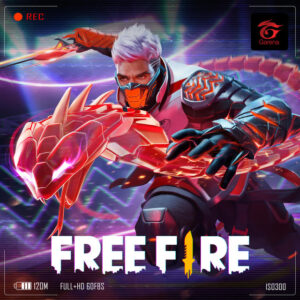
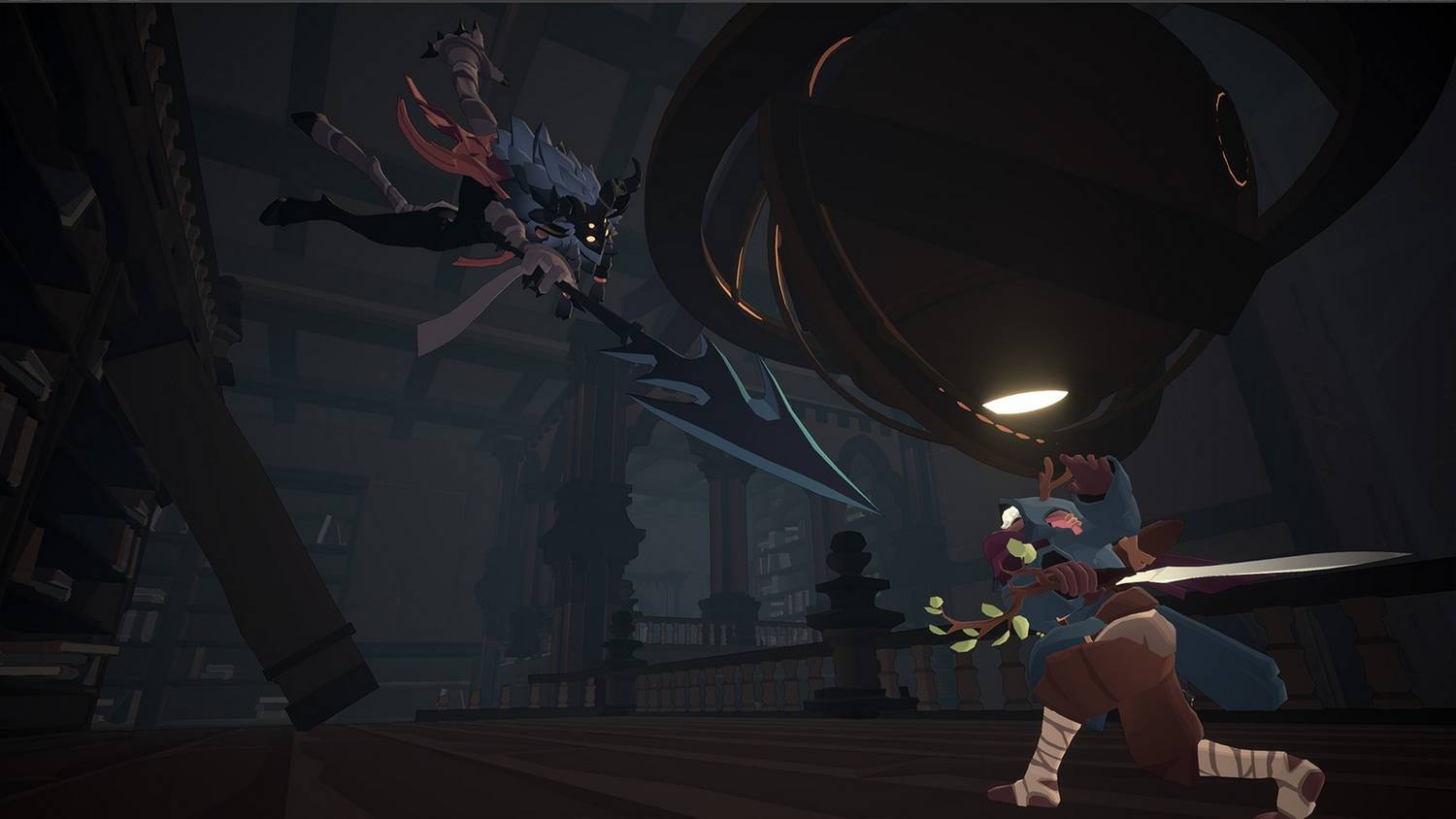 The Case for a Classic Approach
The Case for a Classic Approach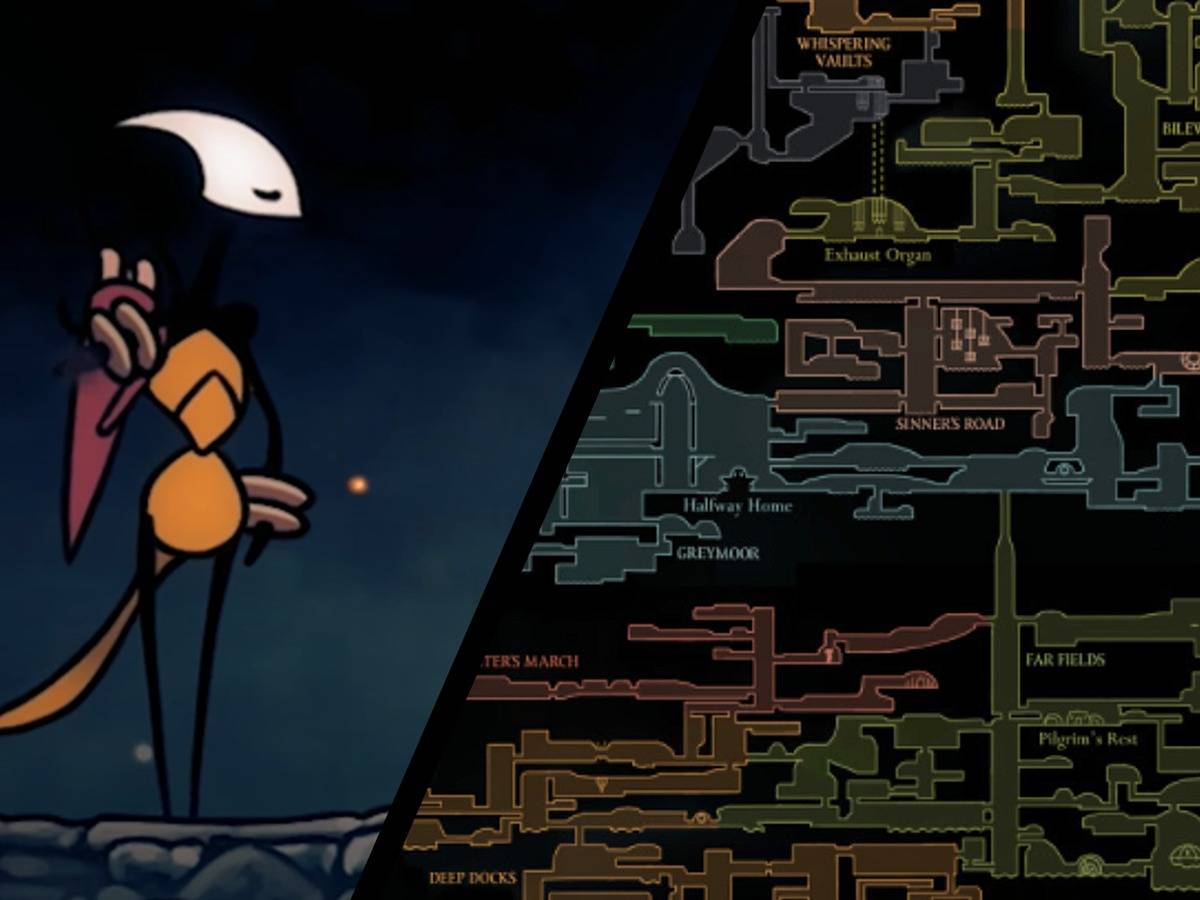 A Familiar Feel with Modern Style
A Familiar Feel with Modern Style